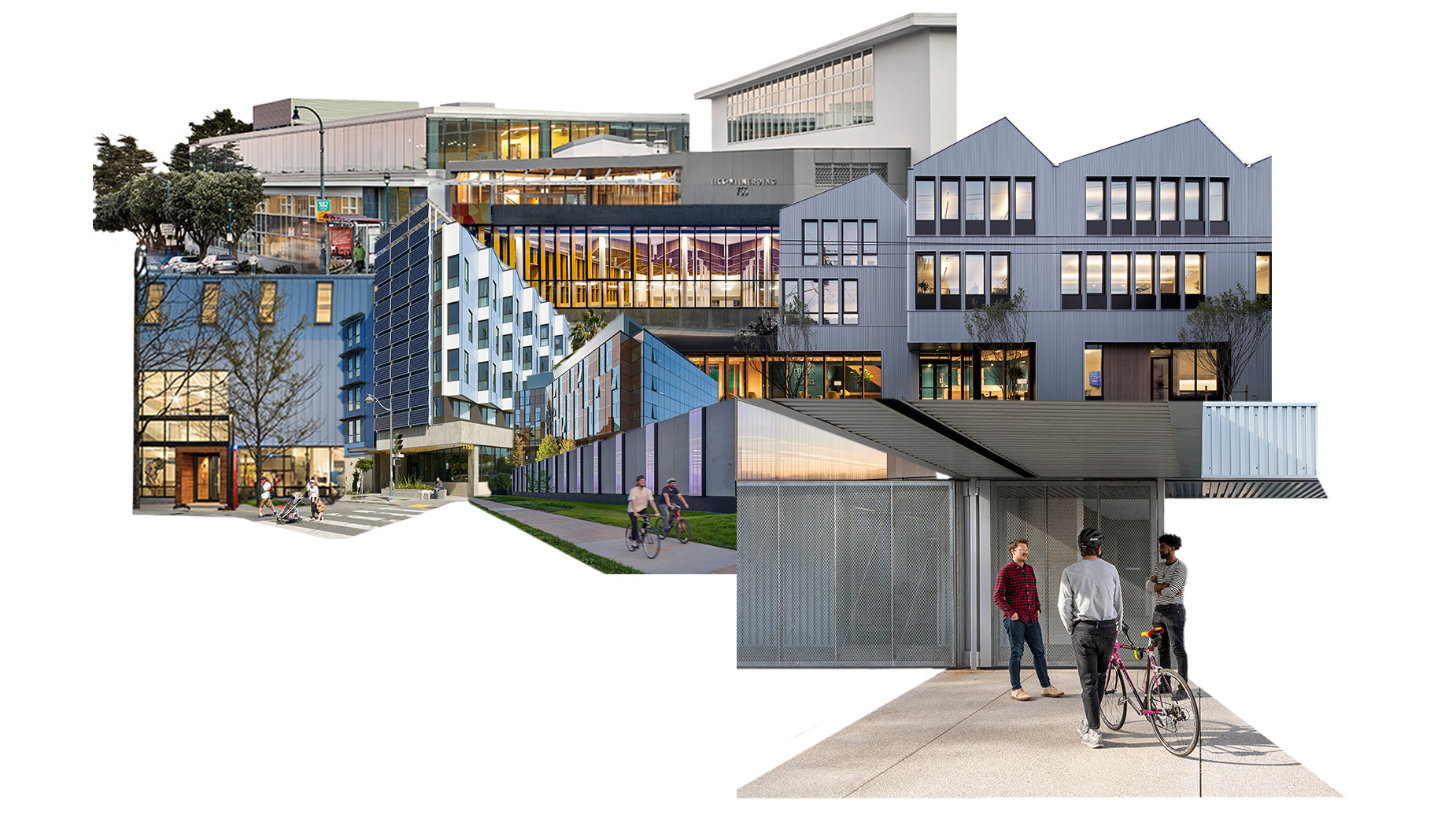
Together, architects, community leaders, design enthusiasts, and building industry professionals can design a healthier world.
On Earth Day, the Blueprint for Better campaign celebrates AIA’s Committee on the Environment’s commitment to fostering climate action and climate justice through the design of the built environment and invites you to have a meaningful impact with the decisions you make to build the world we inhabit.
When individuals and communities make intentional changes every day, the result can be transformative. Here are five ways you can help the Committee on the Environment (COTE) and AIA build a more sustainable, resilient, healthy, and equitable future for the Earth.
1. Celebrate COTE Top Ten Awards Projects
Now in its 28th year, The COTE® Top Ten Award was founded on the idea that sustainability is essential to design excellence and vice versa. The COTE® Top Ten has become the industry’s best-known award program recognizing innovative projects integrating exemplary performance with compelling design. Decades of inspiring work show the impactful ways architects have achieved positive results for clients and have transformed communities by raising the bar for sustainable design. Typically announced on Earth Day, this year, the 2024 COTE® Top Ten Awards will be announced during the AIA24 Conference on Architecture and Design. Learn more about our past award recipients and consider submitting your projects for the next COTE® Top Ten Award cycle!
2. Engage AIA's Framework for Design Excellence
The AIA Framework for Design Excellence represents the defining principles of design excellence in the 21st century and sets the standard for sustainable, resilient, and inclusive design. If you are a decision maker on a building project in your home or your community, be sure to commit to AIA’s Framework to ensure progress towards a zero-carbon, healthy, just, resilient, and equitable built environment. An Introduction to the Framework for Design Excellence, available on AIAU, is free through 2024 with discount code MHI13UM2RD7R. Learn more.
3. Commit to Net Zero
To make the biggest impact, we must all commit to net zero emissions by 2030—a path that requires strong, immediate action. Since the built environment creates a staggering 40% of the world's emissions, architects, engineers, and owners play a key role. The AIA 2030 Commitment is an actionable climate strategy that gives us a set of standards and goals for reaching net zero emissions in the built environment. More than 1,300 architecture firms have already made the commitment. Is your firm a signatory? Learn more.
4. Prioritize Positive Impacts with Building Materials
Committing to a selection of materials that support holistic sustainability and health across building projects can contribute to better indoor air quality, less construction waste, and other crucial benefits. When you collaborate with firms that have signed the Materials Pledge, you have committed to supporting better health for the Earth and everyone who inhabits it. You’re also supporting social equity throughout the supply chain, fostering a circular economy through the reuse of buildings and materials, and creating new forms of local economic development. Sign the pledge today.
5. Donate to Architects Foundation
The Architects Foundation, the official philanthropic partner of AIA, invests in the next generation of architects and the diverse communities they serve. From its historic headquarters at The Octagon, the Architects Foundation produces exhibitions and programs that educate designers, students, and the public on principles of sustainable historic preservation; awards scholarships to students and early-career architects training in sustainability; and, through the Communities by Design program, organizes Design Assistance Teams of volunteer architects and other professionals who provide direct interventions with communities, developing equitable, sustainable design solutions to solve critical issues like climate adaptation, resilience, and revitalization. Learn more.